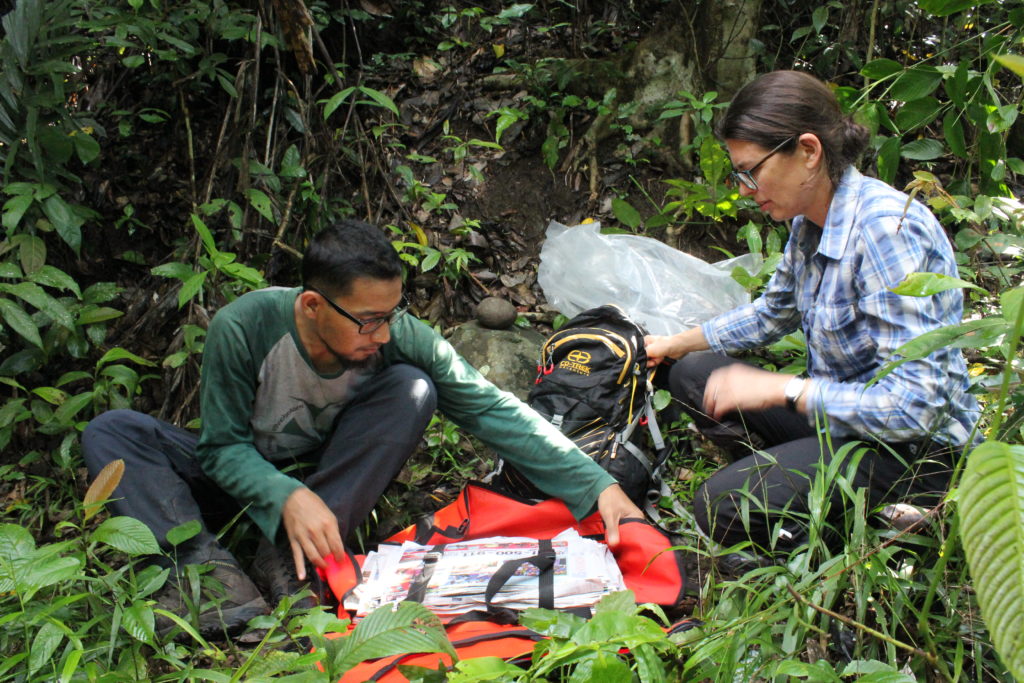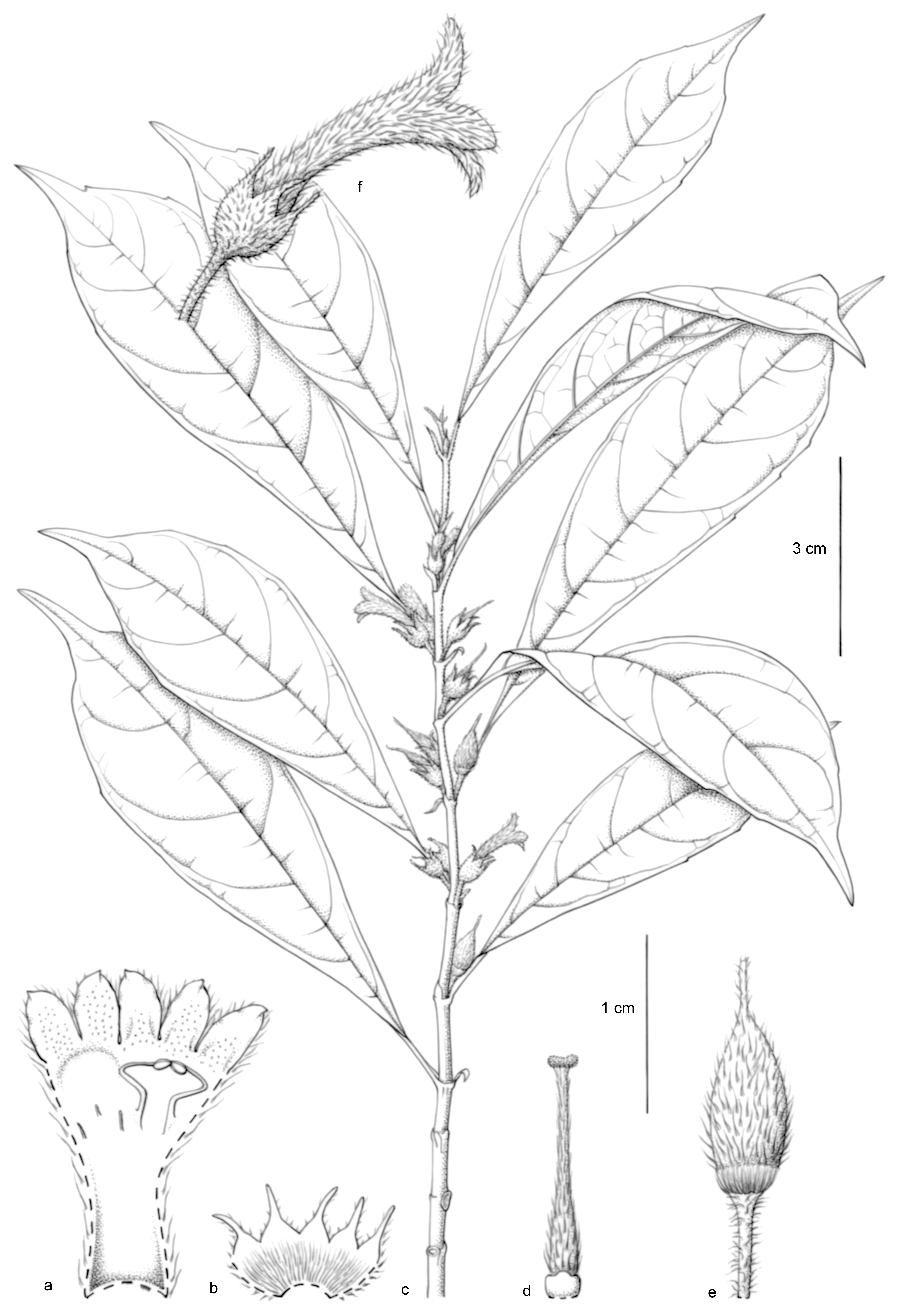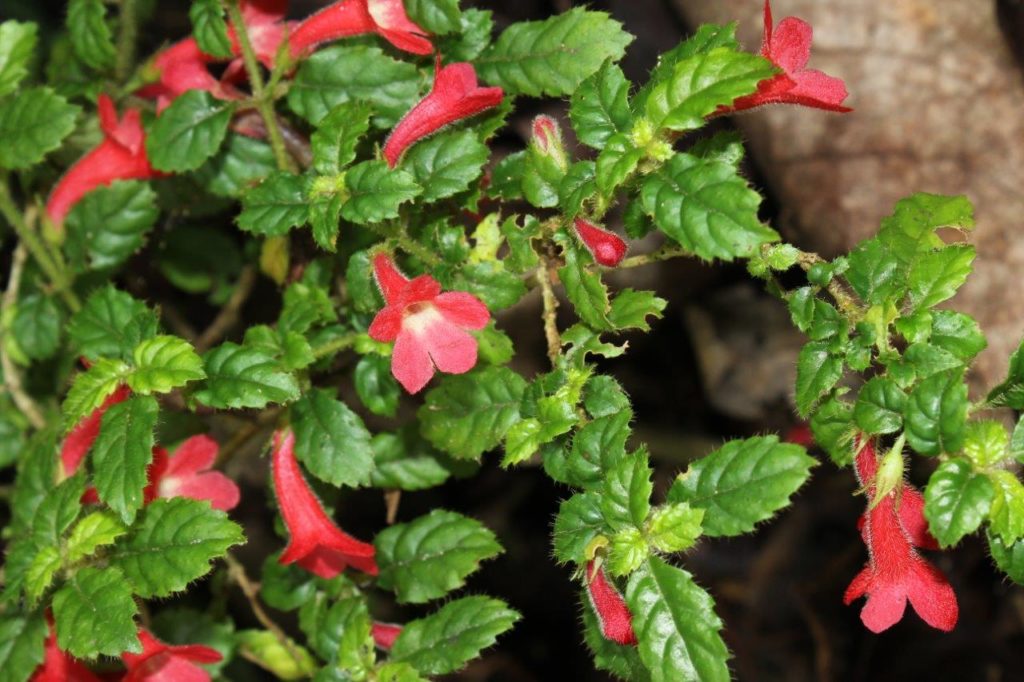H.J. Atkins & A. Kartonegoro
Published today in the Edinburgh Journal of Botany, with an abstract in Indonesian, is the first ever revision of the genus Cyrtandra on the biodiverse Indonesian island of Sulawesi. This is the result of ten years of collaboration between RBGE, the Research Centre for Biology, Indonesia and the Kebun Raya, Bogor.

Based on 200 years of collections, the revision contains detailed descriptions of 39 species, a key and distribution maps. The account also includes provisional conservation assessments for all species, and nearly half are threatened to some degree, with seven being Critically Endangered and six Endangered. All of the species are illustrated, including fifteen beautiful, detailed line drawings by Claire Banks.

The genus is one of the most species-rich plant genera in the world containing around 850 species of herbs, shrubs and occasionally small trees and epiphytes. It is found in the rainforest understorey throughout southeast Asia and the Pacific with centres of diversity in Borneo and New Guinea. These large genera have often been neglected because their sheer size makes them difficult to study. It is crucial, however, that they are tackled in order to fully understand evolutionary dynamics and speciation in these highly successful groups and for their potential contribution to related fields including conservation and biogeography to be realised.

This revision is an important step towards understanding this diversity. Until this project started, no one had worked on the genus in Sulawesi for over 100 years and we now have a much more complete understanding of the genus on the island and one more piece in the jigsaw of plant diversity.
Read the article at: https://journals.rbge.org.uk/ejb/article/view/364
